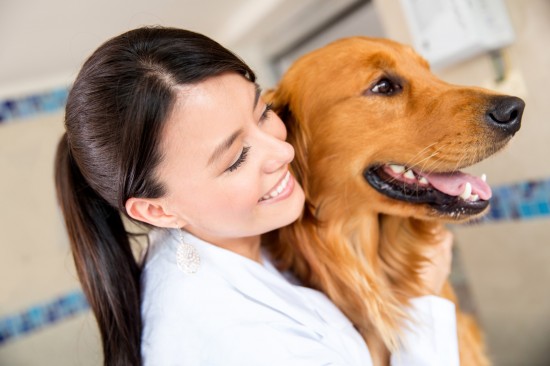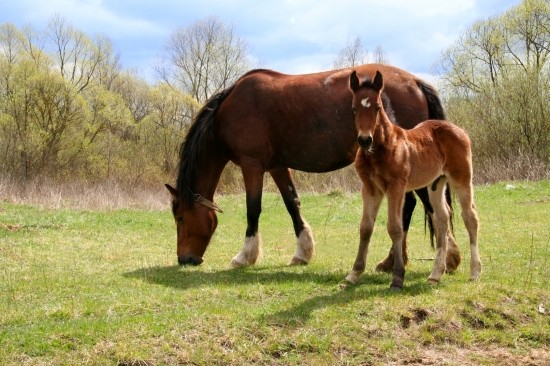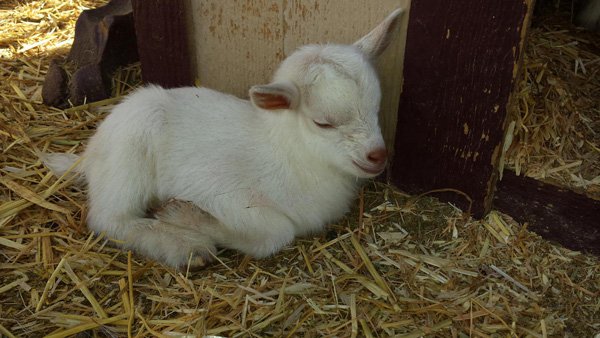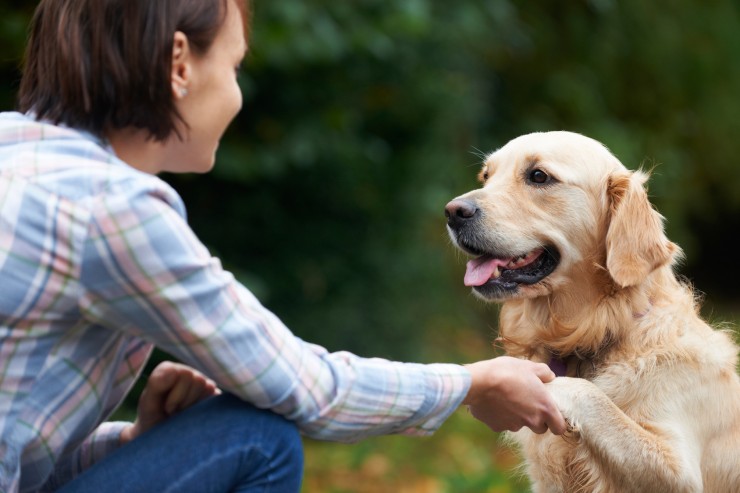
Dogs of all sizes have strong jaws and sharp teeth, but this doesn’t necessarily mean they go around biting others indiscriminately. Most dog breeds use a series of body postures (signaling) and vocalizations to communicate to each other their intent to bite or not. The exception to this is seen in some fighting breeds where signaling would give away their intent to attack and thus give the opponent an advantage.
Canine signaling is used to communicate many things: fear or nervousness, aggression or protectiveness, pain, and the willingness to interact, all of which depend greatly on the situation and the arousal level of the dog. Signaling usually means there isn’t any necessity for physical altercation. But there are times when the communication process breaks down and this is basically the cause of all dog bites, regardless if the bite occurs between dogs, or between dogs and humans.
The early weeks in a puppy’s life provide it with invaluable experience and information about its surroundings and interactions with other dogs and people. This process is known as ‘socialization’. It is during this early stage of the dog’s life that the foundations of its personality and temperament are laid. Add to these foundations the genetic imprinting from the puppy’s parents and other characteristics that are common to his breed, and you have the recipe for the pups ability and willingness to cope appropriately in a variety of situations.
During the early part of the puppy’s life, if it isolated and does not experience a variety of situations, it may become fearful or nervous in these situations when it encounters them later in life. An under socialized puppy will often grow into a fearful dog, and it is these dogs that may bite in unfamiliar situations. Some common instances where dogs bite due to fear are: quick movement by children, being in a car, loud noise or loud voice, mixing with other dogs, being restrained such as during a veterinary consultation and in some cases, leaving the house. All these situations, if confronting enough for the individual dog, could cause him to become so fearful that he will bite in an effort to either get away or make the object of his fears go away.
This fearfulness can usually be avoided by exposing your pup to as many situations as you can while he is young, so he becomes familiar with them. Take him driving in the car, walk him past the local school where the children are running and yelling, visit the veterinarian for a pat and a treat. You get the best results if you socialize your pup before 12 weeks of age.
Being uncomfortable or in pain is a very common cause of dog bites. In reality, it is quite a normal and acceptable method of communication in an extreme situation. This isn’t something you can teach your puppy; even the most well trained dog may bite if the pain is severe. Unfortunately it is not appropriate in any situation for a dog to bite a human. In these cases, it is best to take precautions before handling or interacting with any dog in pain. You can use a soft piece of string as a muzzle to protect yourself as you offer help to the dog.
A dog that is protecting something he values can be very dangerous indeed and will often signal intensely his intention to bite if approached. It is natural for a dog to want to protect an item he thinks is particularly valuable, for example a bone, or a favorite spot on the bed. It is not appropriate however, for a dog to resort to biting in order to protect that item. You must spend time teaching your puppy while he is young, that you are above him in the pack structure. He must learn to give up even the most valuable resource to you when you ask him to, and this can be achieved by taking him to a good obedience training school from an early age.
Ultimately, avoiding a dog bite comes down to humans and dogs being able to notice, understand and react appropriately to the signals that any individual dog is showing.
 10 Questions Dog Owners Should Ask Vets
10 Questions Dog
10 Questions Dog Owners Should Ask Vets
10 Questions Dog
 Managing Young Horses
Managing Young Ho
Managing Young Horses
Managing Young Ho
 Things to Remember when Training your Dogs
Things to Remember when Training your Dogs
Tra
Things to Remember when Training your Dogs
Things to Remember when Training your Dogs
Tra
 Recalled Foods Are Not Safe For Pet Consumption
Recalled Foods Are Not Safe For Pet Consumption
Recalled Foods Are Not Safe For Pet Consumption
Recalled Foods Are Not Safe For Pet Consumption
 A Great New Years Resolution - Get Healthier With Your Dog
A Great New Years
A Great New Years Resolution - Get Healthier With Your Dog
A Great New Years
Copyright © 2005-2016 Pet Information All Rights Reserved
Contact us: www162date@outlook.com